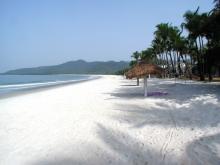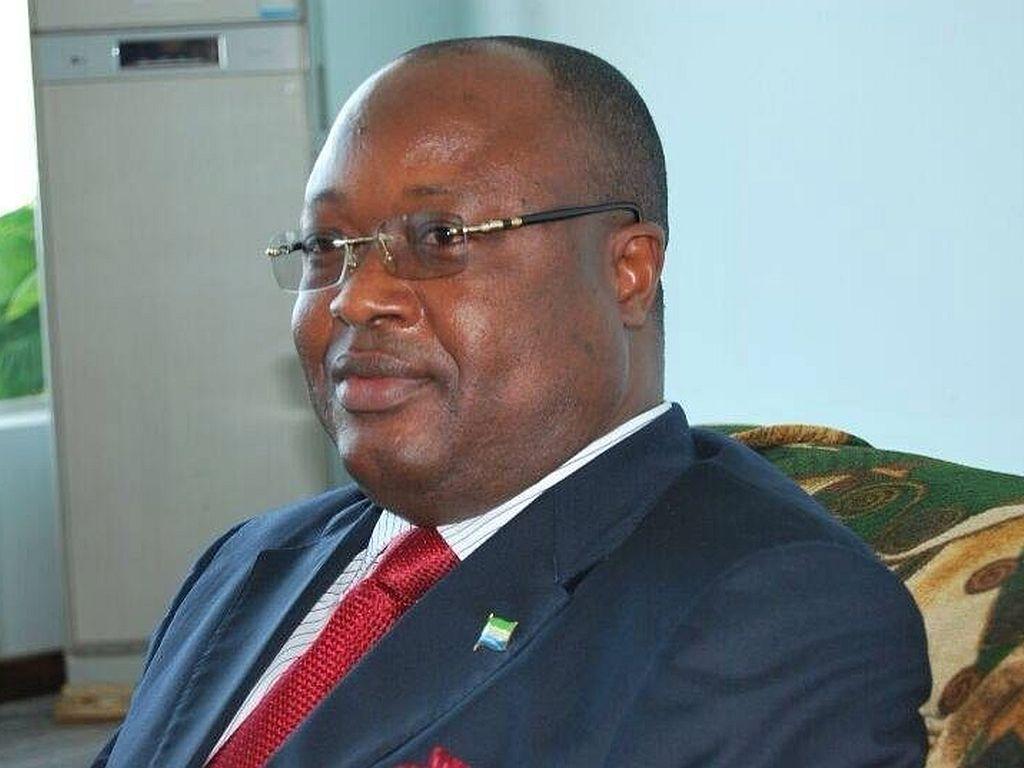By Tanu Jalloh
Effective energy supply, water provisions and management to increase production output remain the biggest problems facing the manufacturing industry in Sierra Leone’s import-led economy. My bane!
The latest quarterly statistics’ business index report on Sierra Leone has confirmed that. It says that while confidence in the business environment, including laws, bodes generally well for business the manufacturing sector faces serious debilitating challenges with energy and water supply. Both are essential to running any huge industrial business.
According to its recent energy sector review, Sierra Leone can only afford to supply 74 of its 200 megawatts of existing domestic demand for power. Meaning, or it would seem, no obvious efforts to provide energy for industrial activities were in the offing. The history of the Energy Sector in Sierra Leone, the review observes, is particularly unfortunate. It says that although significant progress was made in generation, transmission and distribution during the 1970s the war ruined it.
The country’s energy demands are massively underserved with a conservatively estimated 126 megawatts of currently unmet demand. The demand would continue to grow because the country would want to develop and become increasingly industrialised, especially given the need to develop large-scale mining projects and the country’s integration into the West Africa Power Pool.
When he was minister of energy and water resources, Professor Ogunlade Davidson observed that if properly harnessed, Sierra Leone’s ample natural resources would easily be able to address all of these electricity needs. Addressing electricity needs would be akin to creating the foundation for a solid export-based economy that does not import goods as basic as food stuffs and in particular rice, the country’s staple food.
Until then, and as it is, Sierra Leone’s imports still exceed its exports. This has not changed since 2009. According to the Economist Intelligence Unit, Sierra Leone’s exports in 2009 totalled €159.2 million. In 2011 it reached $426.9 million and that doubled in 2012 to $1.168 billion according to Index Mundi 2013. Top export commodities for 2009 were diamonds, rutile, bauxite, coffee, cocoa and fish. Sierra Leone’s main markets for these exports were Belgium 28.4% of the total, the US 12.7%, the Netherlands 8.5%, the UK 7.9% and India 7.2% (European Times, 2009). But for Belgium and the Antwerp diamond market, a major change in imports was to be observed between 2009 and 2013.
By 2012 major exports of Diamonds (29%), Aluminium ores (14%), Cocoa beans, whole (12%), Titanium ores (8%), Niobium (columbium), tantalum, vanadium or zirconium ores (4%) are to destinations or partners like Belgium (29%), Romania (13%), United States (8%), Netherlands (7%), and Germany (6%). Between 2009 and 2012 exports to the US dropped by 4.7%. We see two new export destinations – Romania and UK, probably because of their direct investments in the mining sector over the last five years.
Sierra Leone’s 2009 imports totalled €287.9 million and were mainly fuel and lubricants, rice and other foodstuffs, machinery and equipment, chemicals, pharmaceuticals, building materials, light consumer goods, used clothing and textiles, according to the European Times. That figure rose to $1.571 billion in 2011 and $1.675 billion in 2012 (Index Mundi, 2013). This massive jump in two years was due largely to the huge import of machinery into the country’s mining, construction and agricultural sectors and the concomitant increase in the importation of lubricants.
The country’s access to the US market is governed by the African Growth and Opportunity Act (AGOA), a legislation approved by US Congress in May 2000 to assist economies of sub-Saharan Africa and to improve relations by offering duty-free access for a number of products until 2015. Despite that incentive, Sierra Leone’s exports to the US under the Act totalled only around €81,000 in 2006, just 0.3% of its total exports. That same year 94% of Lesotho’s exports and 24% of Ghana’s were through AGOA.
Sierra Leone’s import and export promotion agency, SLIEPA – which helps investors in Sierra Leone maximise their import and export potentials – has categorised exports into traditional and non-traditional. The former includes coffee, cocoa, chilli pepper, cashews, and ginger, as well as mining products like rutile, bauxite, iron ore, gold and diamonds. Non-traditional export products include handicrafts, fruits, vegetables, timber and wood products, fish, shrimps, and lobsters; nuts, such as groundnuts and cashews; fresh cut flowers; beeswax and honey; oils, such as palm and coconut oil; cow peas, sesame seeds, almonds, salt, and snails. Of all the raw materials locally manufactured products are limited to very limited juice drinks and mineral water to paint and confectionary.
Again, most of the export commodities in the non-traditional category are certainly a huge potential for revenue generation but they also are equally indispensable requirements to satisfy the insatiable nutrients and protein demand and supply chain of the local market. It is so basic that a country exports goods, which are affordable and equally of high demand in the local economy, to other countries, of course, only when that local market is satisfied. Export is simply when a country gets paid to give away their excess supply. In essence, Sierra Leone must not deprive the local market just to be an exporting country.
Additionally, commodities in the non-traditional category would only be exported if capacity around their productions – processing, packaging, preservations, storage and transportation as finished products – could be guaranteed. Otherwise the value for money is almost 50% suppressed by the inability to transform them from raw to finished goods. As far as I know that infrastructure is limited and, where it exists at all, it is not enough to hold large quantity products that meet the rigorous European and US standards. Those are all very huge challenges that could be surmounted largely by energy and water availability.
When SLIEPA set out to engage investors they called for value to be added to the already existing export practice. “We can work with you to understand international standards and demand for processed products so that you can expand or develop activities,” the agency promised investors at the 2009 conference on Sierra Leone in London.
Some of the areas for immediate interventions, it said, would be to polish diamond-cutting; processing nuts into oil, syrup and other products; processing oil palm products into margarine, soap and biofuels; processing fruits into juice; canning fish; and furniture production as value adding activities with great development prospects in Sierra Leone.
Great wish. But investors have referred the country back to the energy and water resources they would need to operate but which are grossly insufficient and in some cases non-existent.
Meanwhile, an energy policy adviser with the ministry of energy and water resources, Yvette Stevens, believes that the government’s short and medium term efforts to generate power could achieve 600 megawatts by 2015. Two years to that date, and seven years after a massive commitment to providing electricity by the current government, only 74 out of the existing 200 megawatts of domestic energy supply requirement have been achieved.
© Politico 06/08/13








